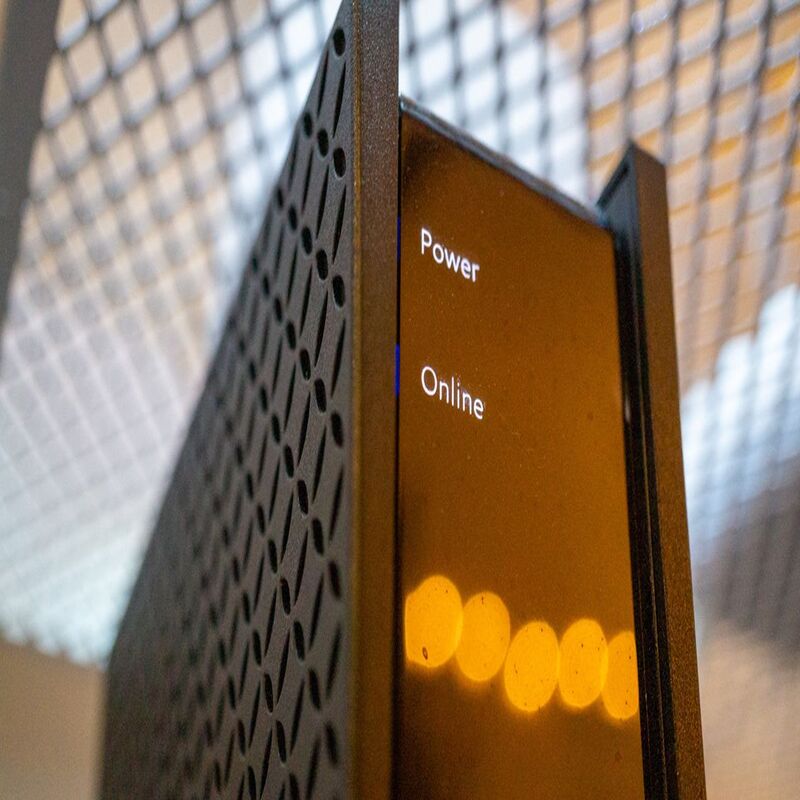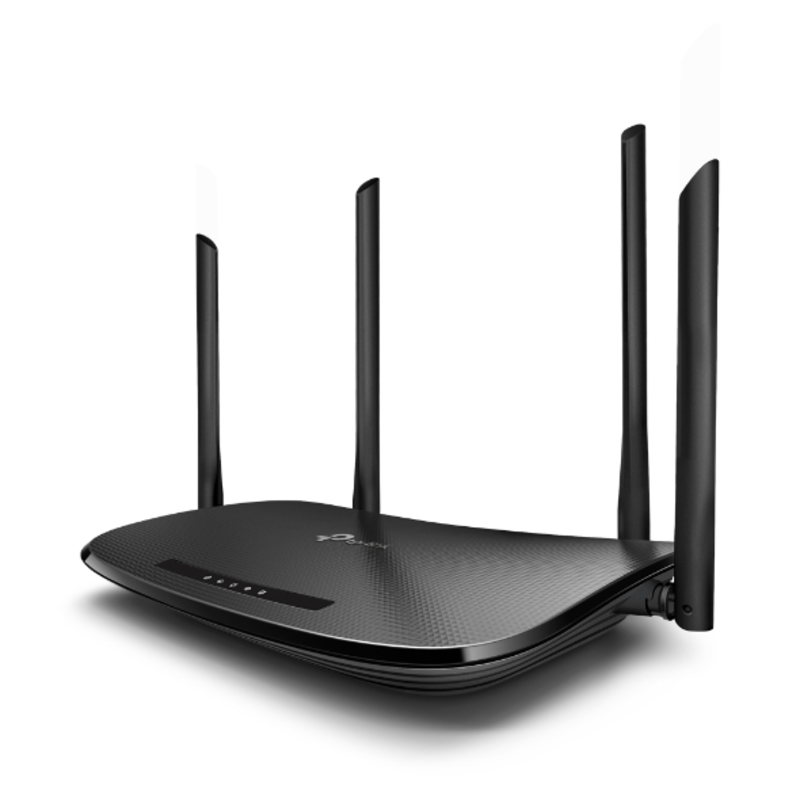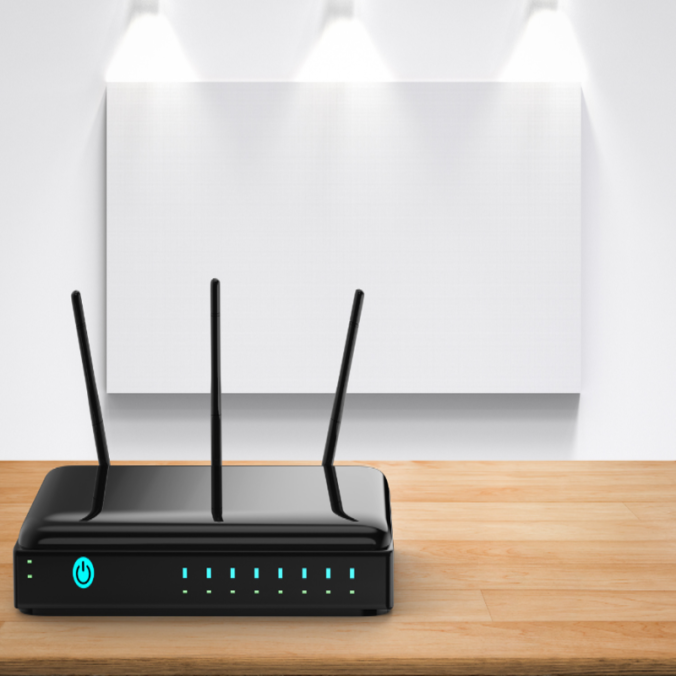In today’s digital age, ensuring optimal network performance and coverage is more crucial than ever. With the increasing number of devices connected to home and office networks, managing bandwidth, reducing interference, and extending Wi-Fi coverage are paramount. Bridge mode on a router can significantly enhance your network’s efficiency by addressing these needs. This article will provide a comprehensive guide on bridge mode routers, explaining what bridge mode is, how it works, and how to configure it to maximize your network’s potential. By understanding and utilizing this feature, you can achieve a seamless, high-performing network.
What is Bridge Mode?
Bridge mode is a router feature that allows you to connect multiple routers, creating a unified network. When a router operates in bridge mode, it typically disables its routing functions, transforming into a pass-through device that extends the network without creating separate networks.
How Bridge Mode Works
Bridge mode eliminates Network Address Translation (NAT) functions on the secondary router. NAT translates private IP addresses in your local network to the public IP address provided by your ISP, allowing multiple devices to share a single IP. However, NAT can cause conflicts and connectivity issues when multiple routers are involved. By disabling NAT on the secondary router, bridge mode allows your primary router to manage IP addresses and network traffic. Consequently, the secondary router extends the network without causing any interference, enabling devices to function on the same network seamlessly.
Scenarios for Using Bridge Mode
There are several scenarios where bridge mode is particularly useful. For instance, if you wish to use a more advanced router with features not available on your ISP-provided modem/router combo, enabling bridge mode on the ISP device can optimize performance. Additionally, large homes or offices suffering from Wi-Fi dead zones can benefit from using bridge mode to extend coverage. Therefore, understanding when to use bridge mode can help you enhance your network’s performance and coverage effectively.

Setting Up Bridge Mode
Configuring bridge mode might seem daunting, but following a structured approach can simplify the process. Therefore, preparation and careful following of steps are essential.
Preparation
Before setting up bridge mode, gather all necessary information and equipment. Make sure you have the IP addresses, login credentials, and settings for both routers. Verify that your primary router (connected directly to the internet) functions correctly. Confirm that the secondary router supports bridge mode. Knowing these details helps ensure a smooth configuration process. Therefore, thorough preparation is a critical first step in setting up bridge mode.
Configuring the Primary Router
Start by logging into the admin interface of your primary router using a web browser. Navigate to the LAN settings, noting the IP address range, subnet mask, and DHCP settings. Ensure that the DHCP server is enabled, as this router will assign IP addresses to devices on your network. Save any changes and reboot the primary router to apply the settings. Therefore, configuring your primary router properly is essential for successful bridge mode functionality.
Enabling Bridge Mode on the Secondary Router
Log into the secondary router’s admin interface. Look for the bridge mode or repeater option within the settings menu and enable it. Disable the DHCP server on this router, ensuring it does not assign IP addresses. Enter the IP address range and subnet mask matching the primary router’s settings. Connect the secondary router to the primary router using an Ethernet cable. Save the settings and restart the secondary router. Therefore, completing these steps enables bridge mode on the secondary router, extending your network seamlessly.
Benefits of Using Bridge Mode
Utilizing bridge mode offers numerous benefits that can greatly enhance your network’s performance and coverage. Therefore, understanding these benefits ensures you make the most of this feature.
Enhanced Network Performance
One of the primary advantages of using bridge mode is the enhanced network performance it provides. By reducing the need for NAT translation, data transfer rates become faster, and latency decreases. This improvement in performance is particularly beneficial for activities like streaming, gaming, and video conferencing. These activities require stable and high-speed connections. Therefore, utilizing bridge mode can create a more enjoyable and efficient online experience.
Extended Wi-Fi Coverage
Another significant benefit of bridge mode is the extended Wi-Fi coverage it offers. Large homes or offices often experience Wi-Fi dead zones, where the signal is weak or non-existent. Utilizing a secondary router in bridge mode effectively eliminates these dead zones by extending the Wi-Fi signal. This extended coverage ensures consistent connectivity throughout your space, allowing devices to maintain a strong connection regardless of their location. Therefore, bridge mode is invaluable for achieving comprehensive Wi-Fi coverage.

Potential Drawbacks and Considerations
While bridge mode offers many advantages, it is essential to be aware of potential drawbacks and considerations. Therefore, understanding these factors helps you make informed decisions.
Complex Setup Process
One potential drawback of bridge mode is the complexity of the setup process. Configuring two routers to work seamlessly can be challenging, particularly for those without technical expertise. Incorrect configurations can lead to network instability and connectivity issues, negating the benefits of bridge mode. Therefore, taking the time to research and carefully follow the setup steps is crucial to avoid complications.
Limited Advanced Features
When enabling bridge mode, some advanced features on the secondary router may be disabled. Features such as parental controls, guest networks, and Quality of Service (QoS) settings might not work as intended. This limitation can be a concern for users who rely on these features for network management and security. Therefore, it is important to consider the trade-offs before enabling bridge mode, ensuring it aligns with your network management needs.
Troubleshooting Common Issues
Even with careful setup, you might encounter issues when using bridge mode. Therefore, knowing how to troubleshoot common problems is beneficial.
Connectivity Problems
If devices experience connectivity issues after configuring bridge mode, check the IP address range and subnet mask on both routers. Ensure they match and the secondary router’s DHCP server is disabled. Verify that both routers are correctly connected via an Ethernet cable. Restarting both routers can also resolve connectivity problems. Therefore, checking these common issues often solves connectivity problems in bridge mode.

Performance Issues
If network performance does not improve after enabling bridge mode, examine the placement of the secondary router. Ensure it is positioned to cover the required area effectively, avoiding obstacles that could interfere with the Wi-Fi signal. Additionally, consider the capability of the secondary router; it should support the desired speed and range. Therefore, optimizing the placement and ensuring compatible hardware can address performance issues.
Conclusion
Bridge mode on a router offers a powerful solution for enhancing network performance and extending Wi-Fi coverage. Understanding what bridge mode is, how it works, and how to configure it allows you to make informed decisions about your network setup. The benefits of improved performance and extended coverage are significant, though considerations like complex setup and limited advanced features should be kept in mind. Therefore, whether you are looking to eliminate Wi-Fi dead zones or integrate advanced routers into your existing network, bridge mode offers a viable and effective solution. With careful preparation, configuration, and troubleshooting, you can achieve a seamless, high-performing network that meets all your connectivity needs. Embrace the potential of bridge mode, and experience a more robust and efficient network environment.

Leave a Reply